Overview of the Hearing Aid Market Landscape
According to the World Health Organization (WHO) in 2021, 20% of the world population is hearing-impaired. Among them, mild and moderate hearing-impaired people account for around 1.5 billion people. In Taiwan, approximately 120,000 people have hearing loss and 56% (around 71,543 people) are diagnosed with mild hearing loss according to the Taiwan Ministry of Health and Welfare, Statistics Department. It can be seen that hearing impairment has gradually become a major health issue in the modern world.
The various causes and severity of hearing loss can vary from person to person. No matter the severity, various aspects of their daily lives are generally affected. If hearing loss issues are found, in addition to regular hearing examinations, hearing aids have become a practice that is necessary for patients. In the past, patients who wanted hearing aids had to be fitted and prescribed by a qualified audiologist. The prices were also on the expensive side. Although hearing loss is on the rise every year, complicated purchasing processes and high prices have led to the low prevalence of hearing aids.

On the other hand, due to the closed nature of the hearing aid market, the high entry costs act as a deterrent, resulting in a limited number of willing participants among manufactures. The traditional top five hearing aid manufacturers alone occupy over 90% of the global market share, namely Phonak, Oticon, ReSound, Starkey, and WS Audiology (after the Widex and Signia merger). This is also one of the reasons why hearing aids are expensive and not popular with consumers.
Latest Design Priorities of OTC Hearing Aids
To solve hearing loss issues and promote these products in the market, the US FDA came out with new regulations for OTC hearing aids in October 2022 for potential consumers with mild to moderate hearing loss.
- People with mild to moderate hearing loss no longer need a prescription from an audiologist and are allowed to purchase hearing aids in general consumer channels such as stores or online s.
- The five major companies with a large portion of the market share are expected to become more open and transparent after this regulation is passed. It’s also expected to attract new manufacturers to invest and produce hearing aids in this market.
These new regulations aim to reduce the production cost and market price of hearing aids, however, the FDA’s new regulations will have stricter requirements for the following aspects of OTC hearing aids:
- Total harmonic distortion
- Internal noise
- Signal processing and delay
- Frequency bandwidth
- 1/3 interval of the frequency response curve
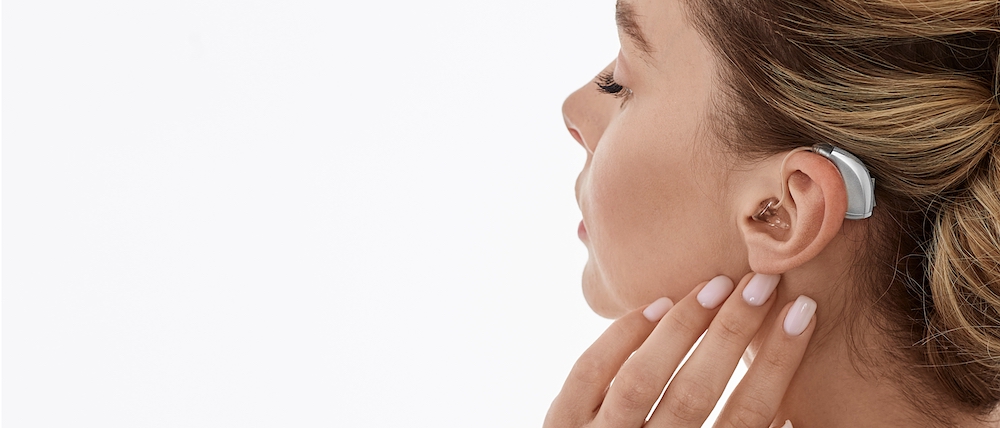
Hearing Aid Market Trends and Challenges
- The sales process for OTC hearing aids has been simplified, but the relevant regulations are stricter. The reduced investment costs will attract more manufacturers to enter the hearing aid market, develop new products, and submit them to the FDA for approval.
- New players entering this market are expected to utilize new technologies such as TWS (allows left and right ears to operate independently) and Bluetooth LE Audio (low-power Bluetooth audio that supports Auracast) to make improvements to current hearing aids.
- Traditional manufacturers may not be familiar with new Bluetooth technologies. On the other hand, new manufacturers may have entry barriers such as knowledge of related specifications and testing methods.
Potential Issues for Hearing-Impaired
In addition to the key points mentioned above, Allion is also concerned about the potential issues for the hearing-impaired. The issues listed below not only affect purchase willingness but also could cause irreversible hearing damage, leading to the high possibility of consumer disputes. These issues cannot be ignored by both manufacturers and consumers.
- Abnormal Volume Changes: Input/output dB SPL cannot amplify audio stably.
- Loud Instantaneous Volume: Exceeds the regulated maximum volume output limit
- Produces Noise: Poor high-frequency gain control will cause hearing aids to produce noise, affecting willingness to use this product.
- Poor transparency: 500, 1,000, 2,000, and 4,000 Hz LTASS are not up to par with specifications, affecting listening quality.
- Poor output audio quality: The total harmonic distortion (THD) is found to be abnormal under different input dBSPL conditions, affecting listening quality.
- Abnormal Bluetooth functionality results in failure to pair with devices, low performance, or unstable performance.

For example, most hearing aid THD issues occur in the microphones. If the THD values are bad, the sound quality will be significantly reduced, as shown in the figure below.
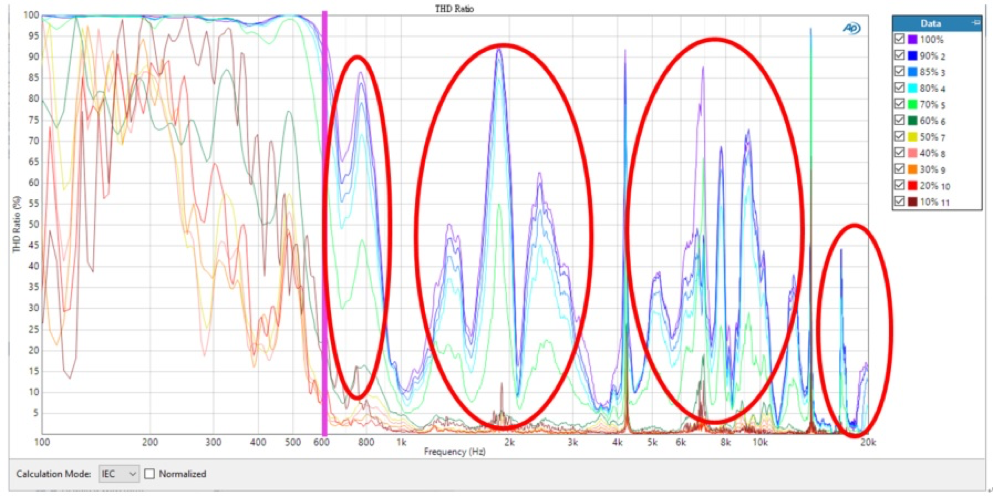
Here’s another example. Internal noise issues can cause even more noise and amplification in the hearing aids, severely affecting the health of the users and their willingness to purchase, as shown in the figure below.
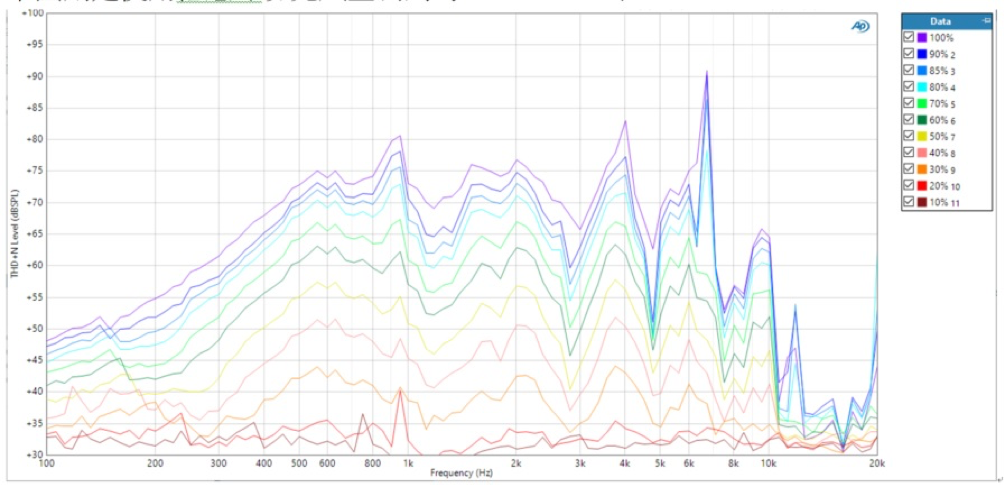
Allion’s Hearing Aid Consulting and Verification Solution
Allion can provide manufacturers with a series of professional services related to acoustics and Bluetooth functions. We provide consulting in the early stages of product design, conduct product testing, and design customized tests in the production phase.
Based on our decades of experience, we firmly believe that the early product design phase is most important. It can affect investment costs, product development schedules, the testing phase, and the production phase. As this stage doesn’t require an extensive testing period, what’s needed more is close collaboration and communication.This is how Allion assists our various clients and partners with their priorities.
Regulations and technical standards consulting and training
- Module and component supplier evaluation
- OTC hearing aid design user scenarios and risk assessment
- Regulations and technical standards consulting and training
- Module and component supplier evaluation
- OTC hearing aid design user scenarios and risk assessment
Acoustics
- OSPL90 frequency response test
- Full-on Gain (FOG) frequency response test
- Total harmonic distortion (THD) test at different frequencies and SPL inputs
- Equivalent Input Noise (EIN) test
- Intermodulation distortion sweep test
- Special/advanced Functionality Test
- Provide modification suggestions and consultation based on results
Bluetooth
- Bluetooth certification consulting
- Bluetooth functionality test
- User scenario simulations
- Wireless transmission and interference test
- Compatibility testing for different operating systems and platforms such as phones, tablets, systems, TVs, and more.
- Stress test for playing music for long periods and connections
- LE Audio-related tests
- Provide modification suggestions and consultation based on results
- Software/hardware regression verification
- Customer complaints and modification suggestions
Reliable Technology Consultants with Comprehensive High-Frequency Measurement Environment and Equipment
In addition to traditional acoustic product verification, wireless interference and user scenario testing are also extremely important. Allion has invested a lot of resources into creating various low-noise testing environments such as anechoic chambers, listening rooms, and radio wave shielding rooms. These environments can effectively sound and wireless interference conditions, allowing us to customize verification tests for different clients, simulating real user scenarios. We have a professional team of experts in audio and Bluetooth that can provide clients with custom solutions, suggestions, and directions to solve issues.
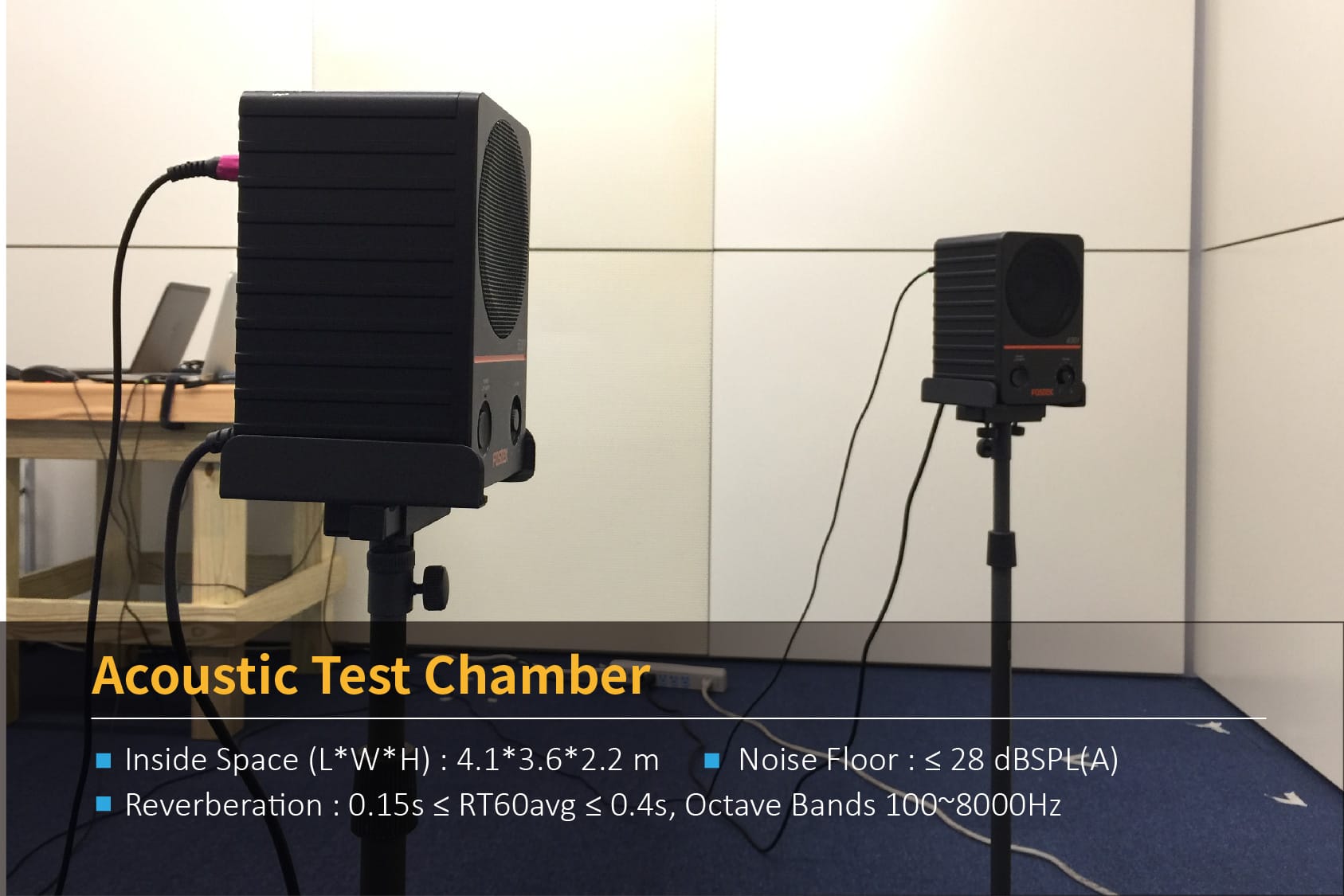
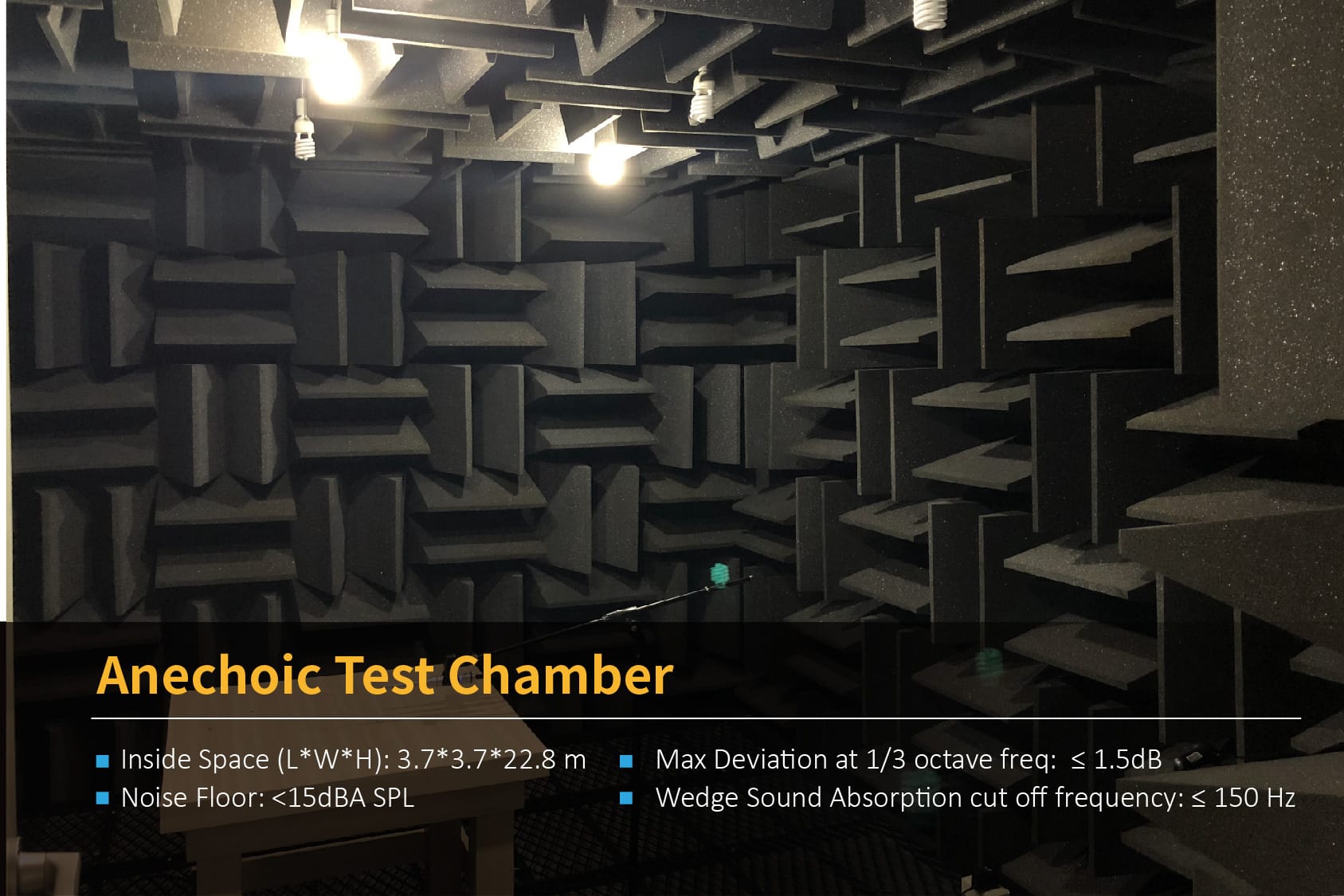
With these high-quality testing environments and professionals, Allion can help clients identify potential issues and provide suggestions before products are released. This type of process can help our clients fully understand the performance and quality of their products and solve potential issues early on. We are committed to providing our clients with efficient and accurate verification testing services that ensure the quality of your products.
Allion can also help clients design and develop automated testing software/hardware that can perform tests 24/7 without interruption. Not only can they improve the efficiency, reliability, consistency, and wholeness of the tests, but they can also solve human issues like fatigue, concentration, and endurance, which lead to errors. Automated testing saves time and costs while ensuring quality, stability, and an improved user experience. We are fully committed to meeting our client’s needs and providing high-quality testing solutions.
If you have any further needs for testing, verification, or consulting services related to the server ecosystem, please feel free to explore the following services online or contact us through the online form.






































